We’re now 12 generations into the iPhone and while other smartphone manufacturers have adopted a more universal standard USB-C cable connection, Apple has been slow to make the leap. Why is that, and what happens if Apple ever does make that change?
Let’s break down the pros and cons of going the USB-C route on the iPhone.
The Apple Ecosystem
Apple is notoriously protective of their self-contained ecosystem—from places like their App Store, to the way they build computers with scarce ability to modify them after the fact.
And just like their own products, Apple has a strong grip on the peripheral market for their products. The proprietary Lightning Cable that you currently use to charge your iPhone (and some models of iPad) is an Apple-only product. And while Apple is not the only manufacturer to create and distribute this product, they do require third-party manufacturers to license the technology to build “Made for iPhone” products, or MFi.
If Apple does remove the Lightning Port and replace it with a USB-C port on the coming iPhone 13 or any future models of iPhone, it would mean that third-party manufacturers would no longer need Apple’s special seal of approval to market and manufacture products to charge your mobile device. This would cut into Apple’s sales as they would no longer have a fully proprietary system on their mobile device.
For this reason, it’s unlikely that Apple will remove the Lightning Port. However…
USB-C is more common
USB-C is a far more common cable connection than the Lightning Port. And while I do have years upon years worth of iPhone cables sitting around my apartment…
USB-C cables are far more common because not only would you use them on your iPhone, but many versions of iPad, virtually every other phone manufacturer, and a multitude of other devices laying around your house like a Google Nest, hard drives, speakers, webcams, etc.
The call for USB-C from the general public is one of further convenience to our already connected world. And while that may seem great and you are saying “okay why doesn’t Apple just do that?” the reality is that there are several reasons Apple would refuse to go this route.
Waterproofing
One of the big selling points is just how waterproof your iPhone is. If you need to quickly reply to that Facebook thread in the shower because Aunt Martha is so wrong about how to bake tuna casserole and you just can’t let it go, then the iPhone can handle it. It’s not something you’d want to take on a scuba diving adventure, but for basic water-related uses, the iPhone is designed to weather the storm.
This is due in large part to the removal of the headphone port, and the continued use of the Lightning Port, which Apple claims is more waterproof than a USB-C port would be.
If Apple does adopt the USB-C port, you can expect your iPhone to potentially suffer more water damage, if you’re unlucky enough to drop your phone into the water while hanging out poolside.
There might be no ports at all
While the question about whether the iPhone will adopt USB-C is an interesting one, an even bigger question is whether the iPhone is going in the direction of being portless.
The new iPhone 12 brought wireless charging to the forefront with the MagSafe connection. It’s very cool! I have them all over my house and my car. But it’s not quite ready for stress yet. When I am driving with my map turned on (I live in Los Angeles and I need to use the map…a lot), the iPhone battery definitely goes down while attached to the MagSafe. It buys me a lot more use out of my phone, but it’s not a perfect solution.
Apple agrees and has suggested as much. If the iPhone 13 is released with a port, whether that port is Lightning or USB-C, it means Apple isn’t fully ready to commit to a portless iPhone just yet. However, that may be the future, as touch-based charging is becoming more common, and the MagSafe connection would allow Apple to continue to license MFi products into the future.
So Is Apple Switching or Not?
The answer is that nobody knows. We can take an educated guess though.
Apple is clearly pushing for a portless future, with the removal of the headphone port and now a push towards MagSafe charging. Removing ports from the iPhone entirely would give Apple even more precious room inside the body of the device to innovate new technologies, or improve on existing ones. It would also mean that just like the Apple Watch, which is also portless, the iPhone could one day be completely waterproof.
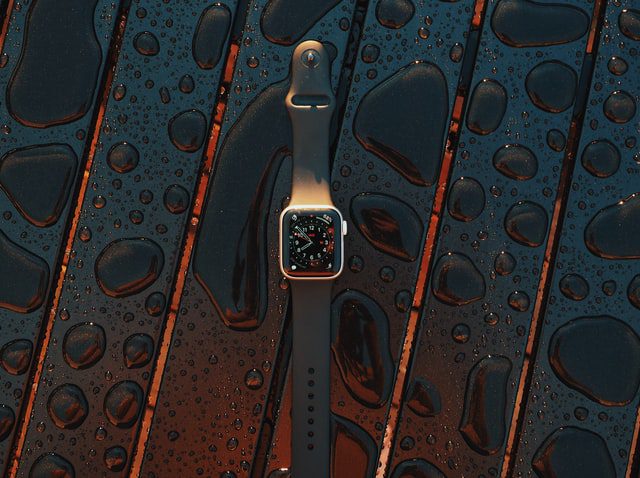
So if you need to respond to that important business email while on that scuba diving trip, you might one day be able to. In the meantime, put the phone away and take a vacation.
[Feature image by Pascal Brändle on Unsplash]
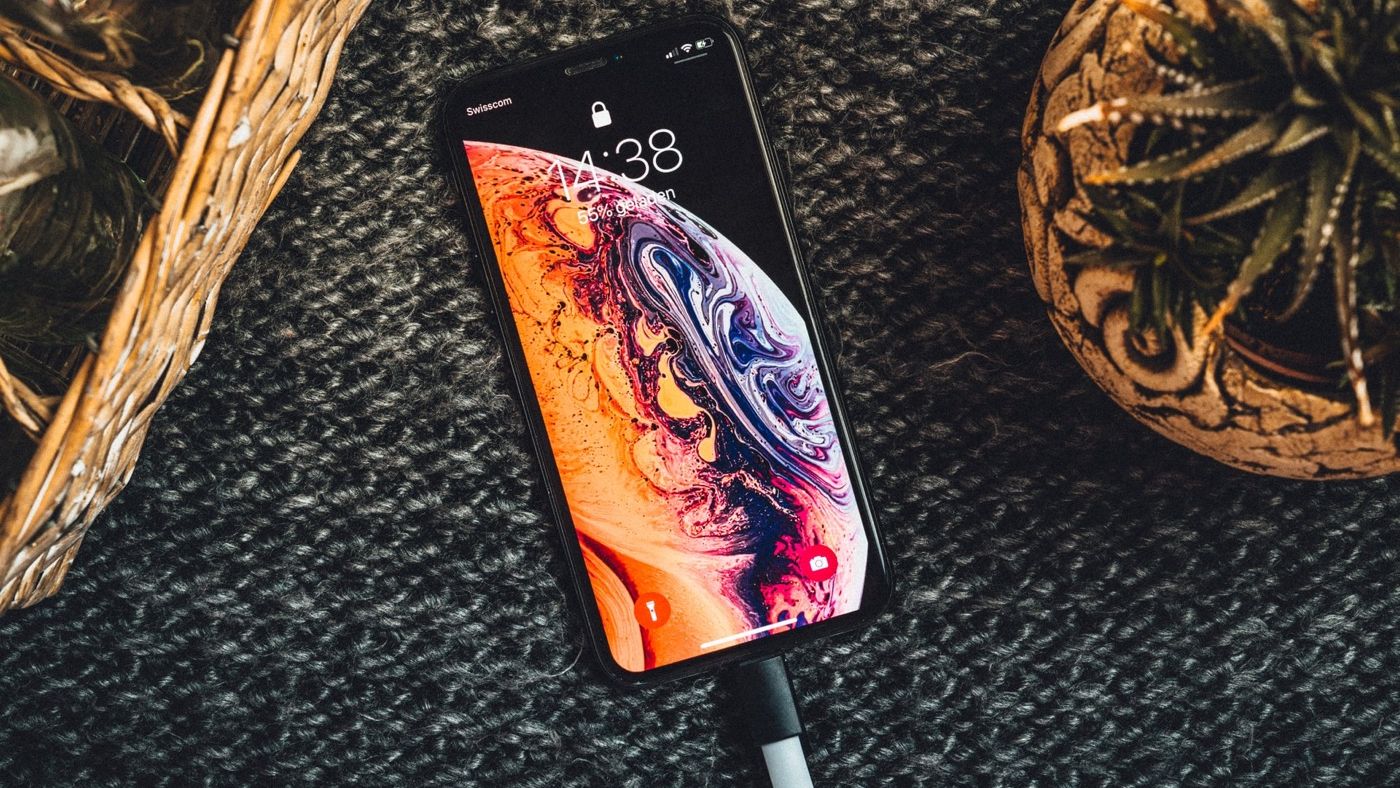
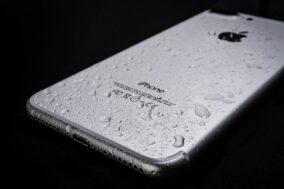
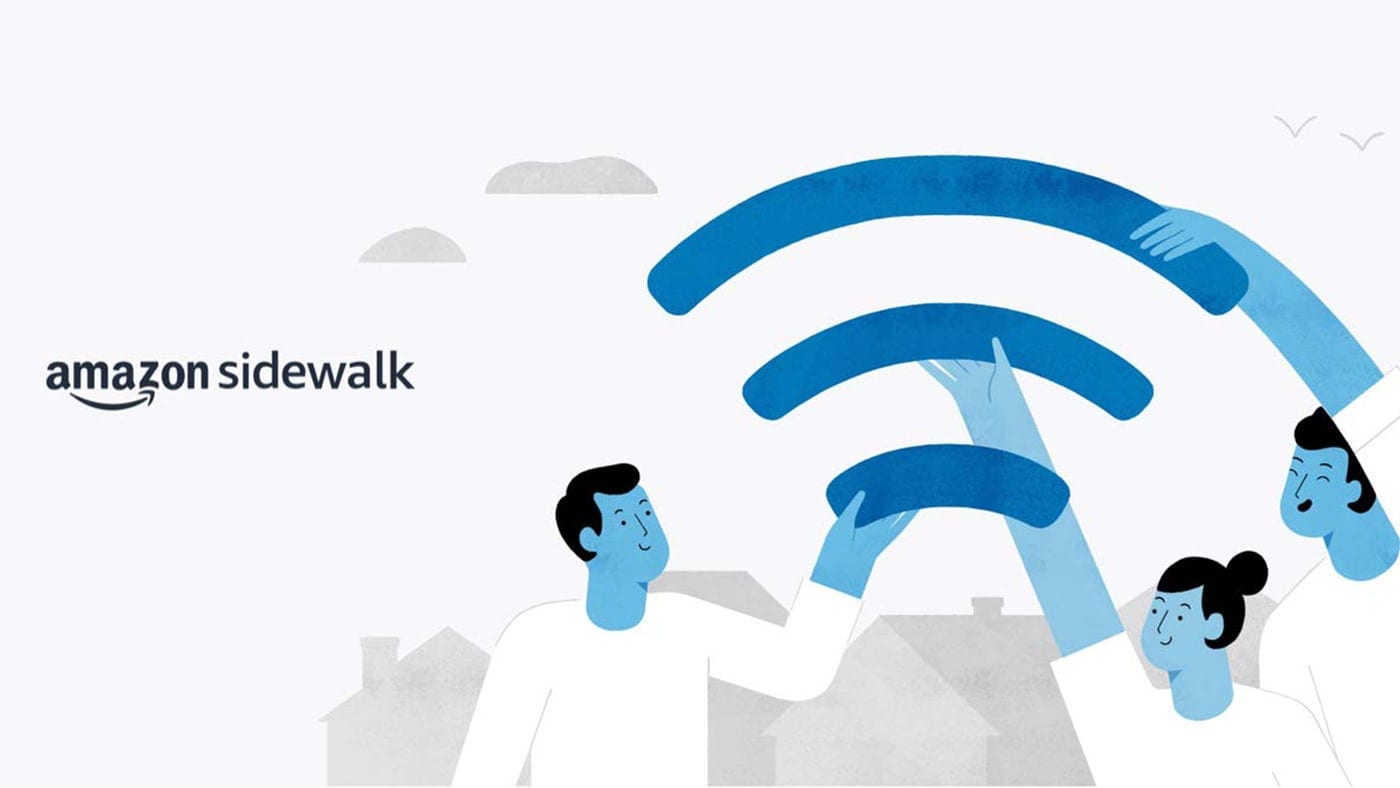



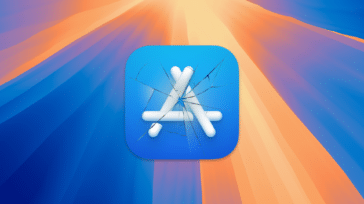
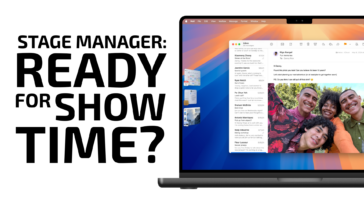




A Portless Phone? if you suffer an update failure with an over the air update, how would you recover? Currently it is done by updating from a mac or windows computer using a cable.
One problem I have noticed – not all of my third-party Lightening cables and accessories work with my newest iPhone 12. Has anyone else noticed this? At first I thought the device was not allowing itself to be charged at times when charging was not optimal. Now I realize that quire a few of my third-party cables and mounts for Lightening cables – which worked perfectly well with my iPhone SE, do not work with my iPhone 12.
Does anyone know what’s up?
Thanks in advance,
Reese
Lightning is more capable then micro-usb but less capable then usb-c. It is smaller then usb-c, allowing for a smaller phone. When micro-usb-c comes out with a small enough form then Apple may switch. Apple should be participating in the creations of a smaller usb-c which should include water resistant options in the standard.
The EU is proposing all phones have a USB-C port, so Apple may be forced to have USB-C port. I like the indent on the lighting cables. I have however broken a few ends off the lighting cables in the iPhones. I think lighting will stick around with some stuff as the pencil, keyboard, mouse, and trackpad all use them. Does USB-C cause damage to the port in the same situations as breaks the lighting cables?
Seems to me I recall stories a year or two back about how the EU was going to dictate a standard port, and musings that Apple would offer a European-only version of their phones and tablets to accommodate such.
Let’s certainly hope not.
Like most I have a huge investment in cables, car mounts, etc.